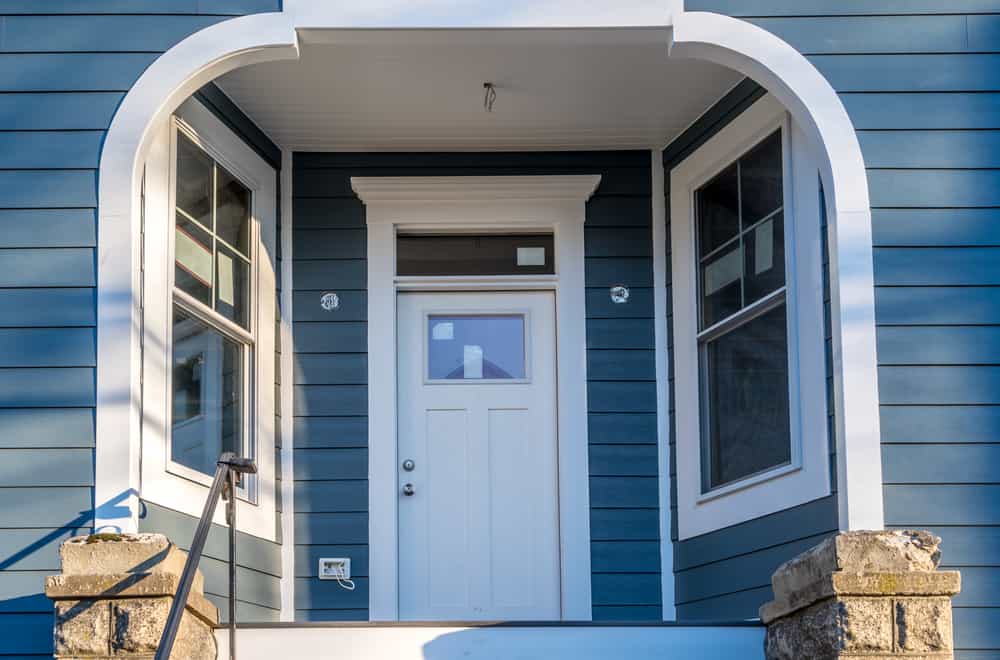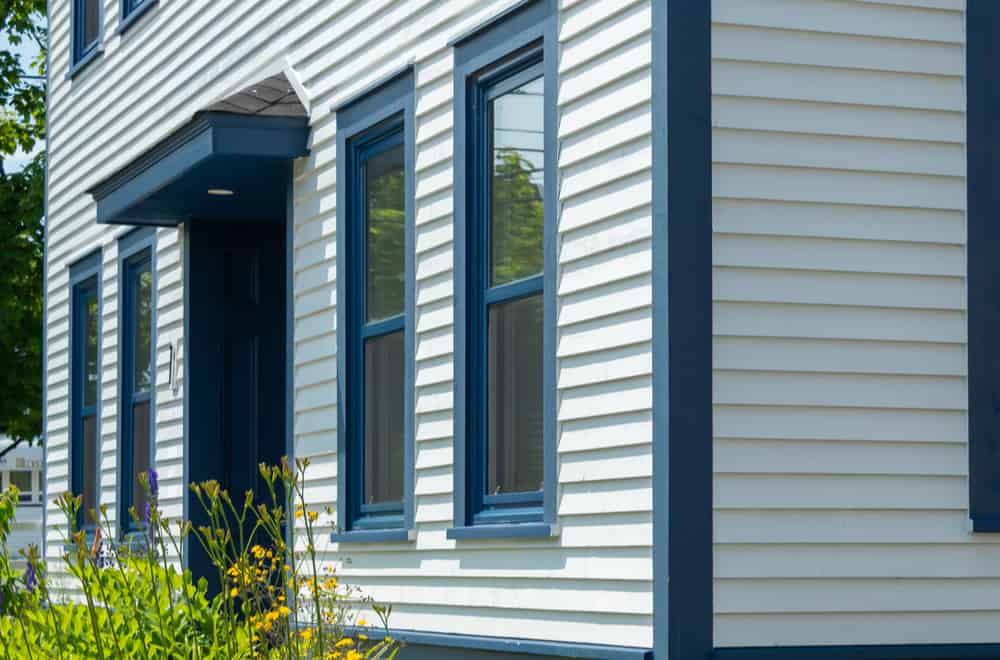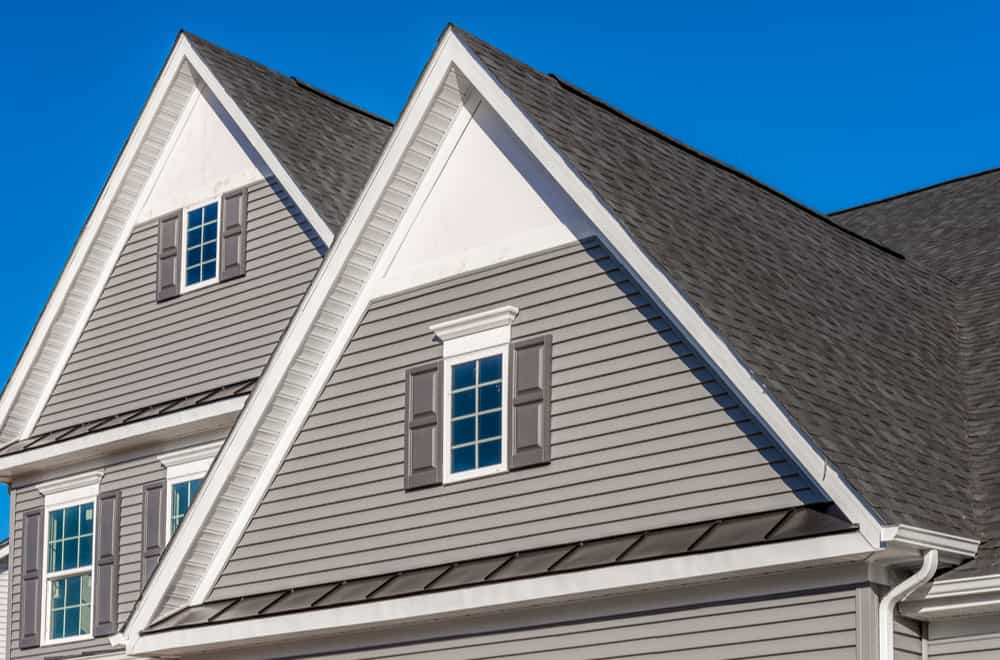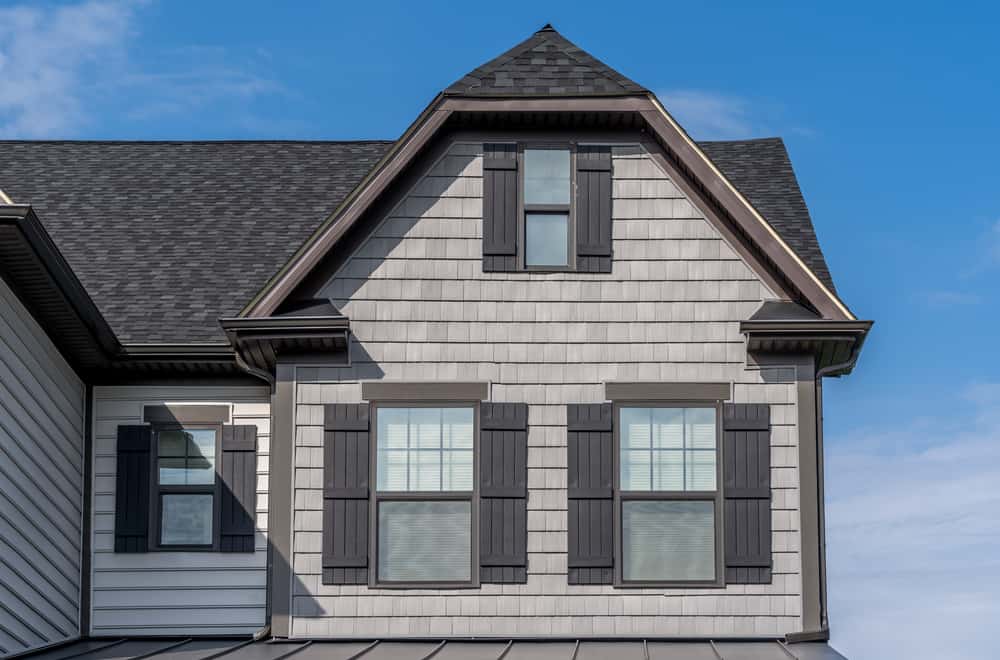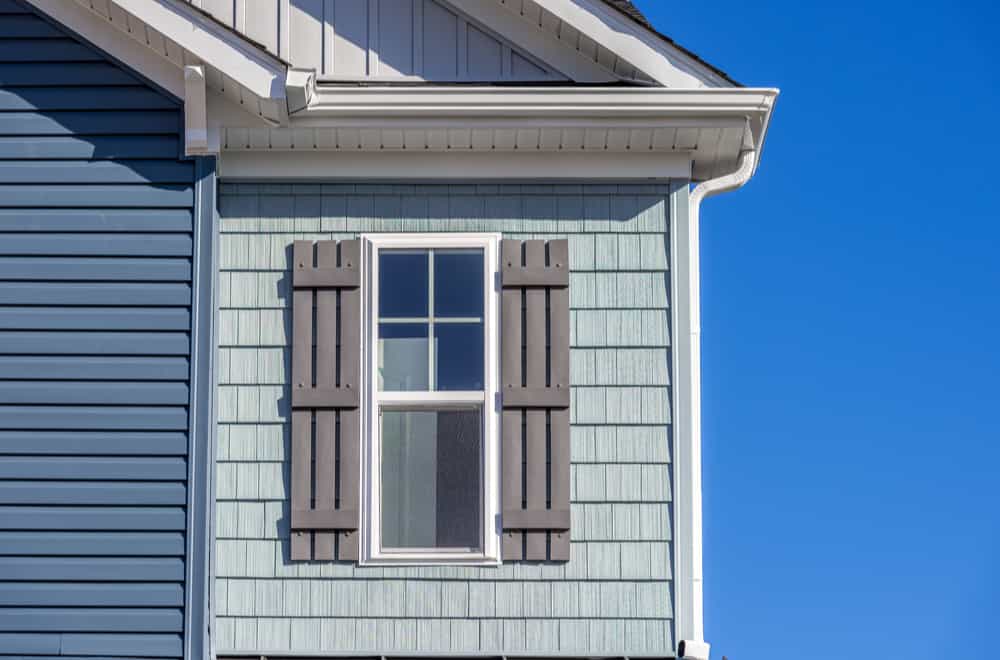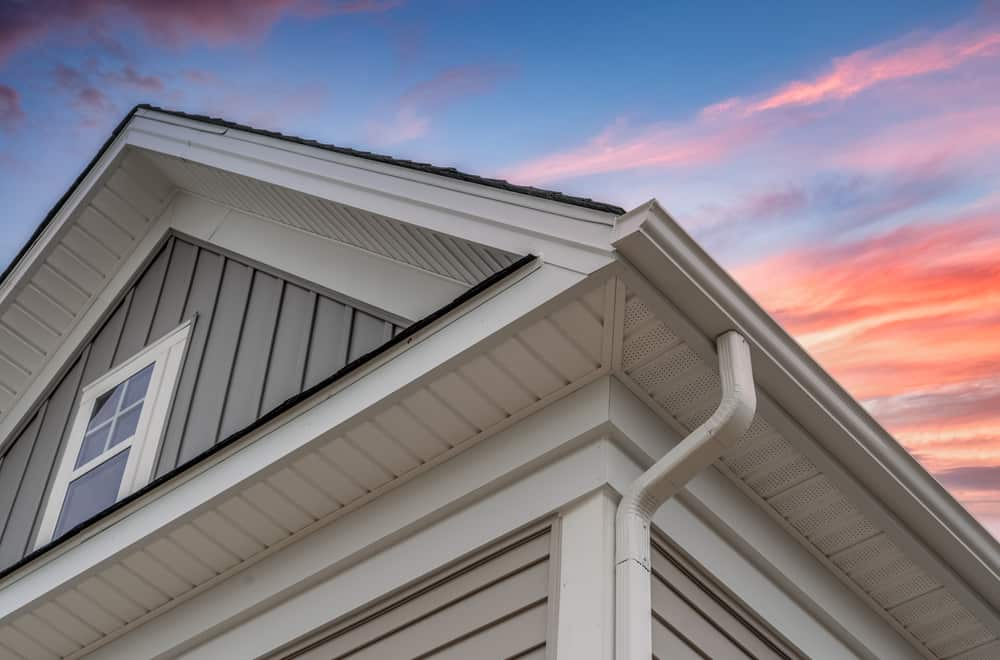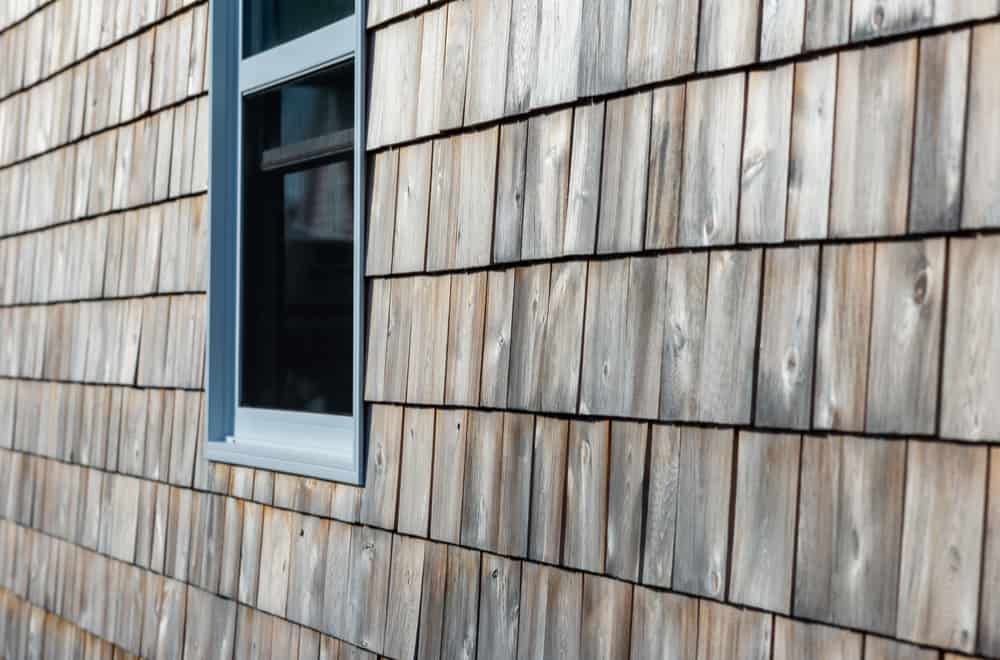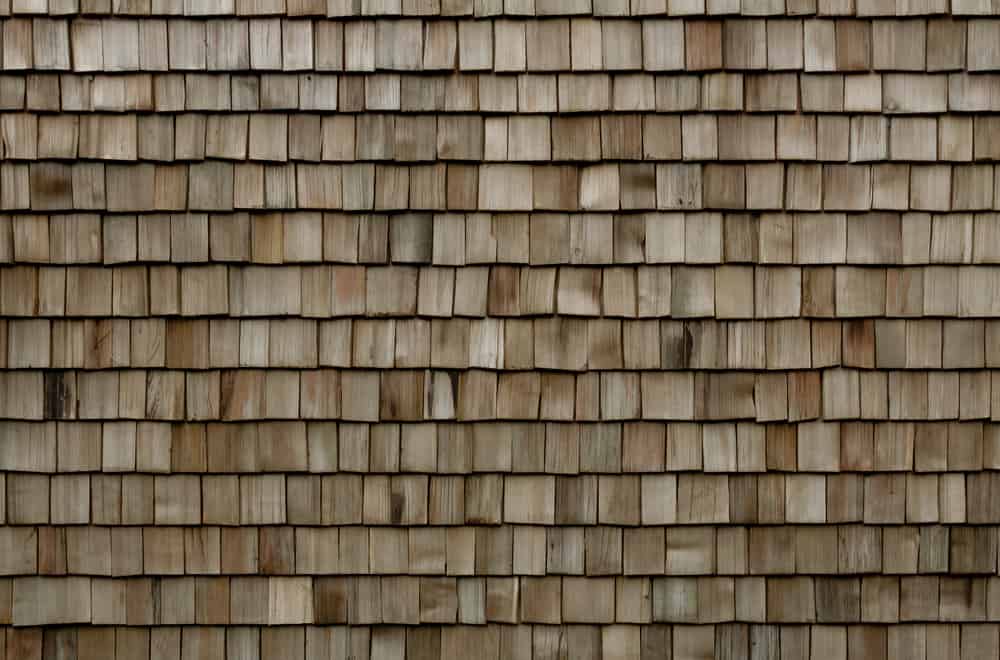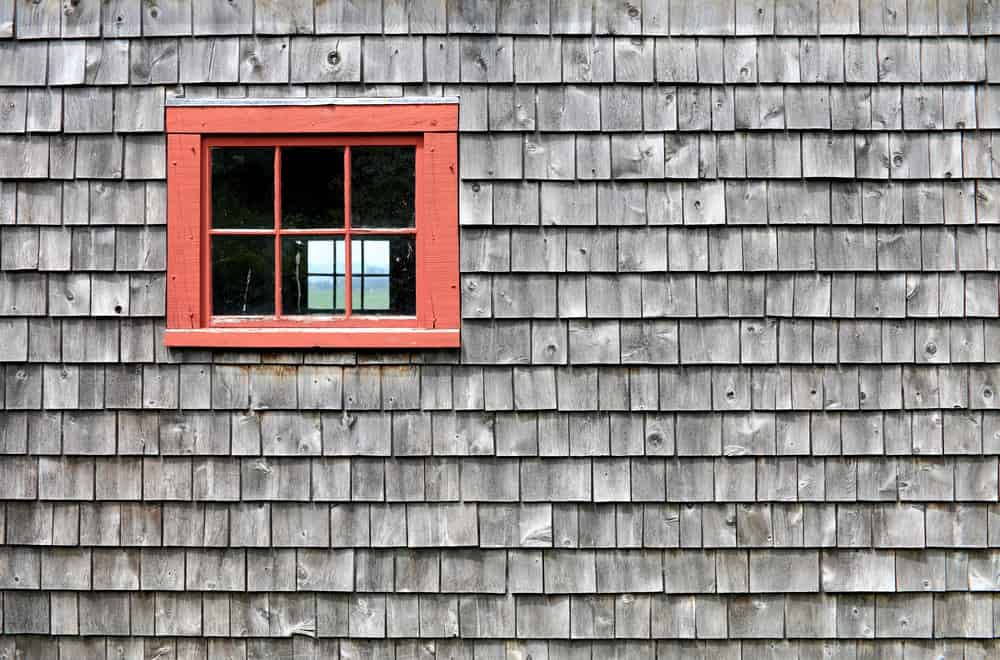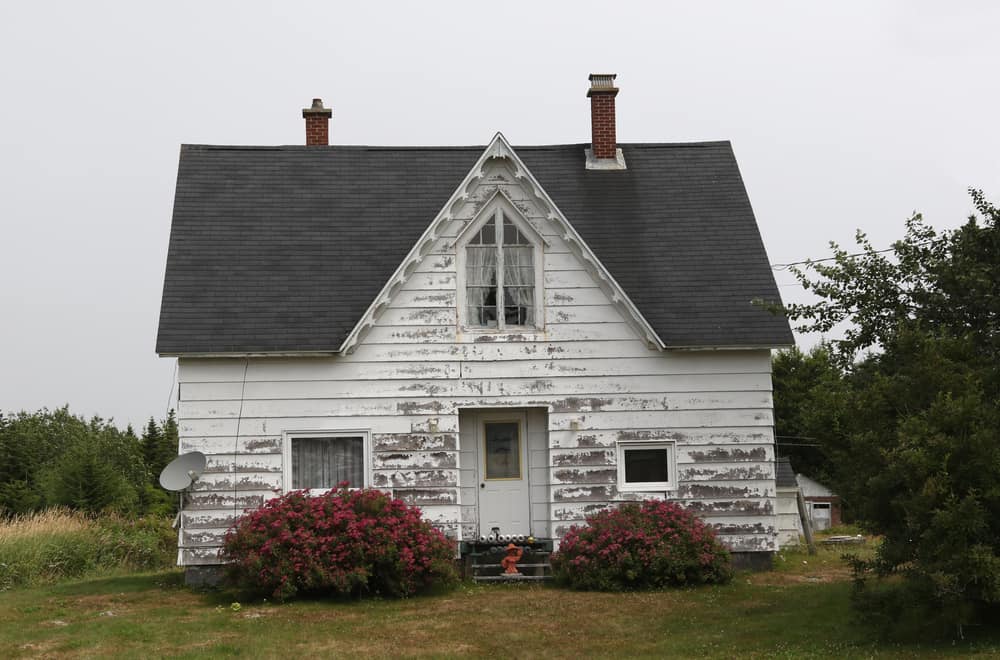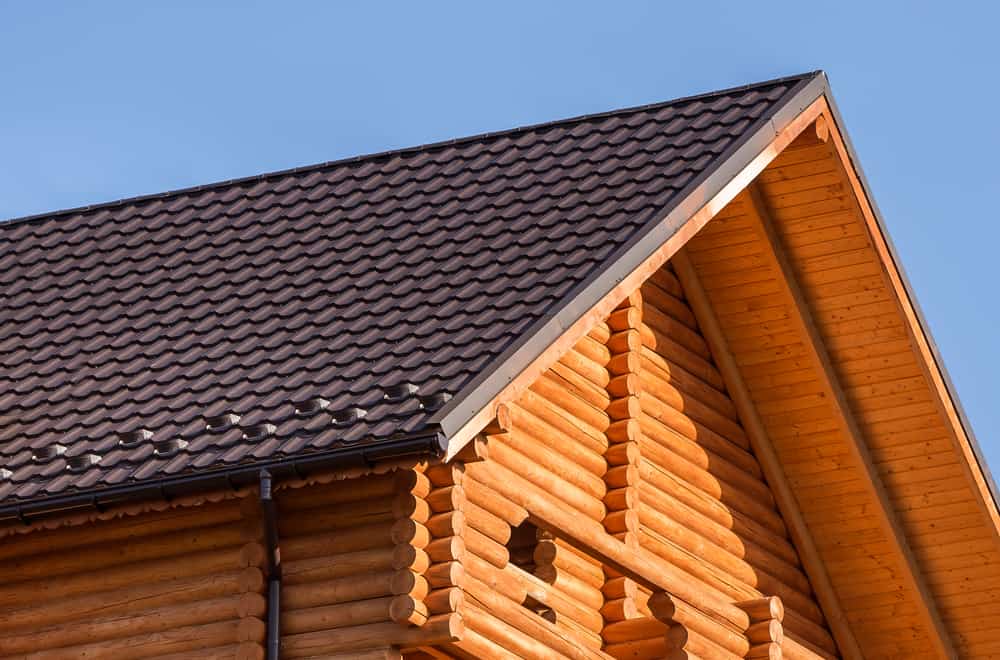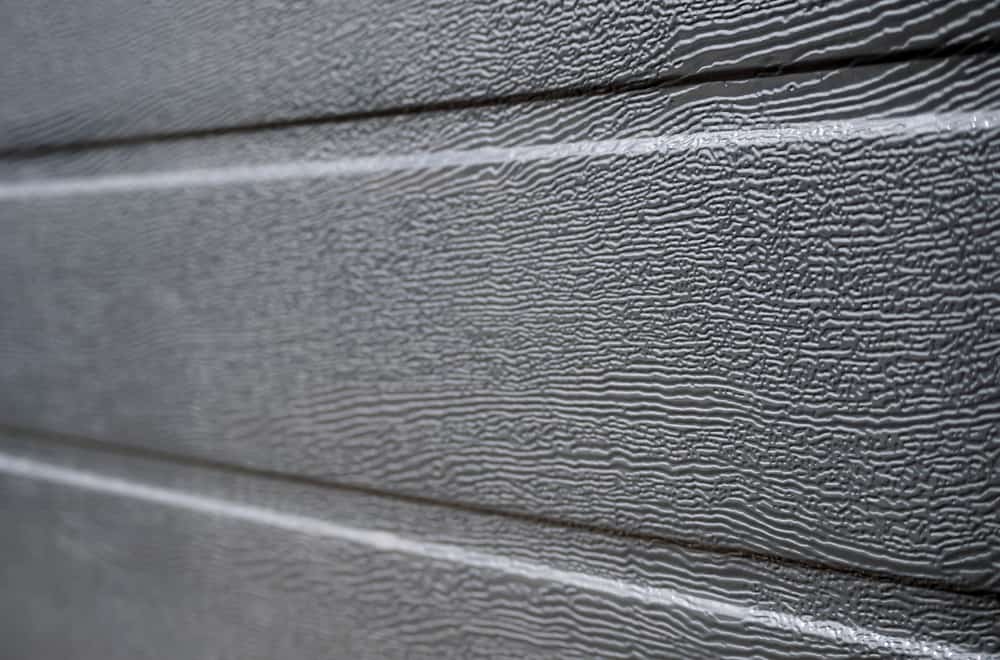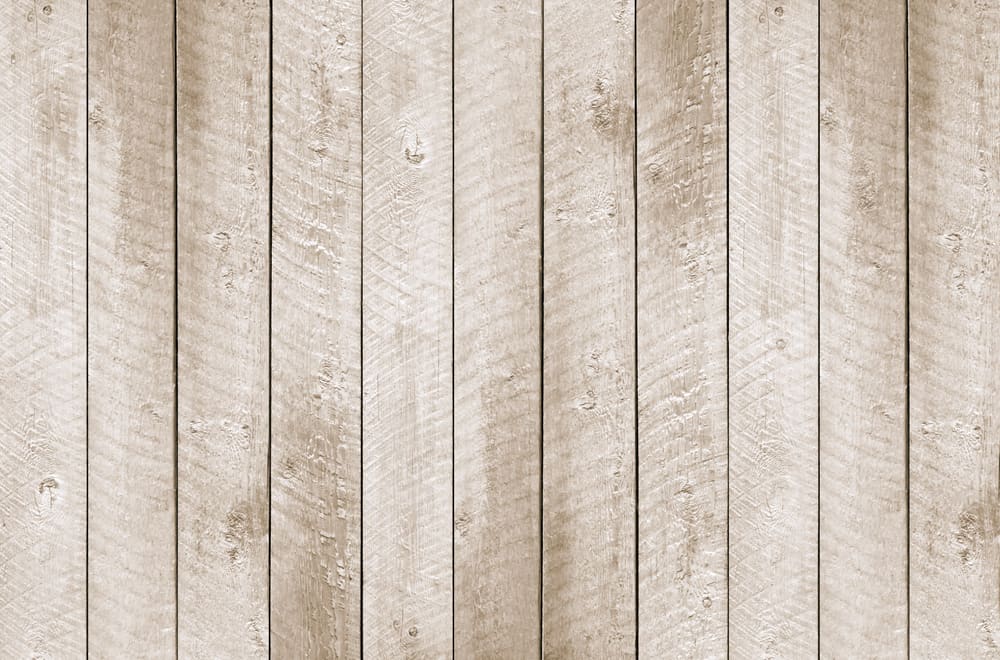Vinyl siding is affordable, it’s easy to install, it lasts many years, and once in place, it requires very little maintenance – so with attributes such as these, it’s easy to understand why this versatile material has established itself as one of the most popular siding materials in the US.
If you’ve decided you’d also like to install vinyl siding on your home, you’re probably already aware that there are many options to choose from – so to help you make sense of it all, here’s our guide to the different types of vinyl siding to give you all the info you need.
Table of Contents
Type and style
When people talk about vinyl siding, they often use the words “type” and “style” interchangeably.
This can make things a little confusing because when talking about siding, the “type” can also refer to the material it is made of.
However, if we just stick to vinyl siding and ignore all the rest, there are still many different types – or styles – on the market. In fact, the wide range of options can be a little intimidating, and this is even more true if you’re unfamiliar with the technical terms used to describe them.
The most obvious distinguishing feature is the configuration of the vinyl when it is fitted on the wall – it can be vertical or horizontal, but other configurations are also possible.
However, there are other features to consider too, including texture, profile, color and more.
So let’s start by looking at the different installation configurations of vinyl siding, after which we can move onto some of the other features that distinguish one type of vinyl siding from another.
Horizontal siding
Horizontal siding is the classic siding configuration and has been around since long before vinyl existed. It produces a clean, timeless aesthetic that harks back to the simple wood buildings of old.
Within the broad category of horizontal siding, there are several distinct styles, so let’s look at some of the most popular.
1. Clapboard
Clapboard vinyl siding consists of horizontal boards of vinyl nailed to the side of the house in a way that mimics the wood-faced houses of the colonial era.
The bottom of each board overlaps the top of the one below, providing a good level of water resistance while also creating a subtle but attractive pattern of lines.
Clapboard is sometimes also simply referred to as “lap” siding, with “lap” being short for “overlap”.
2. Traditional lap
Traditional lap is another type of horizontal siding, and like clapboard, the bottom of each board overlaps the board below.
However, the difference here is that the planks are narrower at the top than at the bottom, which accentuates the shadow and produces a more marked pattern.
This configuration is even better at protecting the inner walls from water, making it a popular choice in regions that see seasons of heavy rain.
3. Dutch lap
Dutch lap siding also features horizontal planks with the bottom of each plank overlapping the one below, and like traditional lap, the top of each plank is narrower than the bottom.
However, the difference here is that this is achieved by the top part of the plank being beveled, which creates an even more pronounced and striking effect than traditional lap.
This means if you want siding that will make your house stand out, this could be the style to go for.
4. Beaded siding
If you want an even more obvious pattern on the side of your home, beaded siding should be of interest. This is because each plank features a prominent notch – or “bead” – running along the bottom.
In the old days when sidings were made of wood, this kind of effect would have been expensive to produce, so nowadays, even though it’s a lot cheaper to make vinyl siding with this feature, it still lends a touch of stylish elegance to any building fronted in this way.
Vertical siding
Vertical siding is not so common, although in recent years it has been gaining in popularity. This means that in a neighborhood full of houses with horizontal siding, choosing this alternative configuration is a sure way to get your house noticed.
This configuration (in wood) was originally used for barns and farmhouses, so installing vertical vinyl siding will give your home an unmistakable farmhouse look, something that is very much in fashion at the moment.
Even if you don’t want to use vertical siding for your whole house, incorporating it into certain areas like entryways, low porch walls, gables or dormers can create a striking contrast, greatly enhancing the overall appearance of the building.
5. Board and batten
The main style of vertical siding is what’s known as “board and batten”. It consists of long, wide planks installed side by side, with the gap between each plank being covered by a much narrower plank or “batten”, hence the name.
This type of installation takes longer than simple horizontal siding, so it costs more – but the effect it creates is striking, and the board and batten configuration also provides good protection against rain and other bad weather.
Shake and shingle siding
A shake is a piece of wood split by hand from a block of lumber and used for either roofing or siding. However, since this process is expensive, it is now possible to buy imitation shakes made of vinyl to use as a more affordable alternative.
Choosing vinyl shakes creates a highly attractive rustic look but with all the advantages of vinyl and none of the disadvantages of using real wood.
Shingles are similar to shakes, but the main difference is that they are cut from the wood by a machine rather than split from the wood, which makes them more uniform. However, they still produce an attractive rustic look, and vinyl imitation shingles are also available for siding.
So now let’s have a look at some of the options if you’re interested in shakes or shingles.
6. Cedar shakes
In terms of real wood, cedar shakes are among the most popular, so it is no wonder that an imitation version made of vinyl is also available. They were originally cut from logs of cedar and then used for the roofing and siding of buildings.
Modern vinyl cedar shakes look highly realistic, so you get that attractive rural look, but they require much less maintenance and care than the real thing, so with the vinyl version you get the best of both worlds.
7. Traditional shake
A traditional shake is made to look like a wood shake with a flat edge but has a straight edge along the bottom of each row. They create a look that is rustic yet smart.
8. Hand-split shake
As the name suggests, these shakes are designed to look like the most traditional hand-split wood shakes. This means they have an uneven bottom edge when fitted, as real wood ones would. This creates an authentic rustic look that is slightly ramshackle yet highly appealing.
9. Shingles
Vinyl shingles are made to replicate the look of ones made from wood. They are similar to shakes but provide a slightly more uniform, manufactured aesthetic.
Other types of siding
Here are a couple of other types of vinyl siding you might encounter.
10. Scalloped
Scalloped siding can be thought of as a special type of shake siding with rounded bottoms – from which they get their other name of half-round siding.
Each row is staggered with the row below so the center of the circle at the bottom is placed over the seam were the two below meet, providing extra protection against water. This alternation also creates a particularly attractive look.
11. Log-style
Log-style vinyl siding can be either horizontal or vertical, and the main feature that marks it out is that each piece is rounded to replicate a real wood log.
Many people find this desirable, especially those who like the idea of having a traditional log cabin but are less interested in the high cost or the upkeep required for a real one.
Textures
As well as the configuration of the planks of vinyl, another important aspect is the texture. Vinyl is an extremely versatile material, and some wood imitation vinyl is highly realistic.
12. Smooth
Smooth vinyl siding doesn’t make any attempt to hide what it is – it’s vinyl, and it looks like it.
However, this doesn’t necessarily need to mean the house looks like it’s made of plastic, and many stylish effects can be created with smooth vinyl siding. It all depends on the look you’re trying to achieve.
13. Wood grain
Many people like the idea of low-maintenance vinyl but prefer the traditional look of wood, so a wide range of vinyl siding exists to mimic natural wood.
Wood grain vinyl is textured to look just like natural wood, and with top-end modern vinyl siding, you’ll have to get right up close and have a good look to be able to tell the difference.
Other features
Here are a few of the other features you will be offered when choosing vinyl siding for your home.
- UV protection
When vinyl is exposed to sunlight, it will gradually fade, losing its color. This is why many vinyl siding options exist that contain additives to protect it against sun damage.
When choosing vinyl siding, if you live in a region that has lots of sunlight, this is certainly something you should think about since if you don’t, you may find that your vinyl loses its color much quicker than you expected.
Also, bear in mind that sometimes cheaper vinyl is often more susceptible to UV fading, so don’t be tempted to just go for the least expensive one you can find as this can often prove to be a false economy.
- Colors
Nowadays, vinyl siding comes in a wide range of colors, allowing you to choose one that perfectly matches your taste.
You can choose from more traditional, classic colors, but you can also pick colors that are aimed at those who don’t like the kind of colors that are usually associated with vinyl siding.
- Insulation
If you live in a colder region, choosing vinyl siding with added insulation makes a lot of sense. This will help make your home more energy-efficient, keeping the warmth in during the winter months and potentially helping to reduce the amount of money you spend on heating.
Other benefits of choosing insulated siding include the fact that it also protects your home from moisture, which can damage the walls over time. Furthermore, it also provides a degree of soundproofing, protecting you from any loud noises from the street.
- Width
The width of the planks of vinyl siding varies, usually according to the style you are buying. For example, clapboard or traditional lap boards are usually the narrowest while vertical board and batten planks are usually much wider.
However, you will usually have some control over the width of the planks, and since this will affect the aesthetic the siding creates, this is also something to consider when choosing.
- Length
The length of the planks is another variable to consider, although it won’t make as much difference to the way your house looks as the width of the planks.
- Double-thickness nailing hem
The nailing hem is the part of each plank of siding that is nailed to the wall. Higher quality vinyl siding has a double thickness nailing hem, which means there is less chance of it being ripped out, making it stronger and more resistant to storms and bad weather.
A wide range of types of vinyl siding to choose from
As you can see, modern vinyl siding comes in all kinds of shapes, sizes, colors and formats, so if the affordability and convenience of using this material for the siding on your house appeals, you’re sure to be able to find something that’s suitable.
The problem is, all the unfamiliar terms and jargon can be confusing, making it difficult to work out which kind to choose or which type is best for your needs. However, with this guide, you should have all the information you need, allowing you to make a more informed choice.
